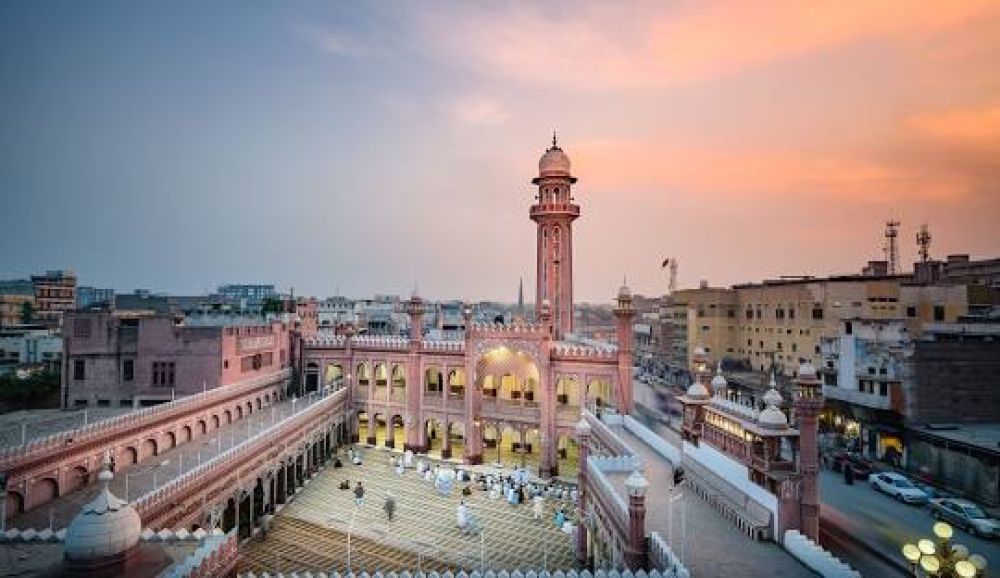

Peshawar, the vibrant capital of Khyber Pakhtunkhwa province in Pakistan, has a tourism history as colorful as the city itself. With roots stretching back over 2,500 years, Peshawar has been a melting pot of various cultures and civilizations, from the Persians to the Greeks, followed by the Mughals, Sikhs, and the British, all leaving an indelible mark on this historic city.
The region now known as Peshawar has been a hub for traders and travelers since ancient times. Its geographical proximity to the Khyber Pass has made it a key stop along the historic Silk Road, connecting the Indian subcontinent with Central Asia and the Middle East. The allure of its strategic location brought in a mix of merchants, pilgrims, and invaders, contributing to the city's diverse heritage and historical significance.
With famed landmarks such as the Forts of Bala Hissar, the Peshawar Museum, and the vibrant Qissa Khwani Bazaar, Peshawar offers a glimpse into the past and present intertwined. The city's rich tapestry weaves stories that are centuries old, and these historical sites are a testament to Peshawar's varied past. The beauty of its heritage has always been one of the main attractions for tourists from around the world.
In the early 20th century, with the advent of British Colonial rule, Peshawar began to modernize. The British built railways connecting Peshawar with other major cities in India, which facilitated travel and commerce. This opened up new opportunities for tourism, allowing more visitors to explore the wonders of Peshawar. Post-independence, the government of Pakistan recognized tourism's potential and started to develop infrastructure aimed at promoting the country's cultural and historical assets.
Despite its rich history and cultural significance, Peshawar's tourism industry has faced challenges due to political instability and social unrest in the region. Nevertheless, the resurgence of peace has led to a rebound in tourism activity in recent years. Efforts to restore and promote the city's historical sites have been integral in attracting visitors once again.
Recently, there has been a movement towards sustainable and cultural tourism. Travelers are showing increased interest in the authentic experiences that Peshawar has to offer, such as traditional Pashtun hospitality, local handicrafts, and cultural festivals. The government and private sector are working together to improve tourism infrastructure, safety, and services, ensuring a more robust development of the tourism industry in the region.
Accommodations are diversifying, too, with a mix of modern hotels and guest houses that cater to different budget levels and preferences. Moreover, with the advent of social media and digital marketing, Peshawar's tourism has received a boost as travelers share their experiences and attract more interest globally.
The history of tourism in Peshawar is a story of resilience and charm. As one of Pakistan's most historically significant cities, it continues to captivate tourists with its unique blend of antiquity and urbanity. Despite challenges, the city's reputation as a cultural and historical nexus endures, and its future as a destination of choice looks promising as it adapts to changing tourist trends and preferences.